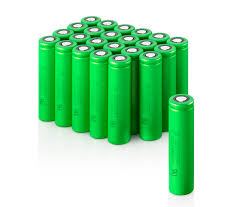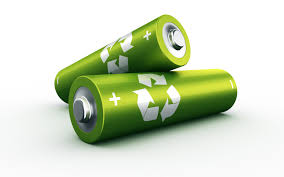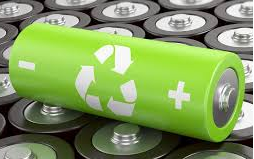The impact of thermal management on super-fast charging of lithium-ion power batteries
Fast charging is often accompanied by a large amount of heat and uneven heat generation. High-rate charging at low temperatures causes great damage to battery life and safety. Therefore, effective thermal management is important to achieve lossless fast charging under all conditions. The design of battery thermal management systems will vary greatly at different temperatures. Cooling the Pack requires high thermal conductivity, while at low temperatures, it requires better thermal insulation to keep itself warm enough. Adjusting thermal conductivity as a function of temperature is one way to solve the problem.

Cooling
Common cooling media for electric vehicle packs include air, liquid and phase change materials (PCM). The air cooling system is low-cost and simple. Still, due to its low heat capacity and poor thermal conductivity, the air cooling rate and temperature consistency are poor, which is unsuitable for fast charging systems. Liquid cooling is 3,500 times more efficient than air cooling, but it is costly, complex, and has the potential for leaks. To prevent short circuits, the cooling medium must be an insulator. Commonly used liquids include deionized water and mineral oil. PCM cooling uses the phase change process of the material to absorb the heat generated by the battery. Still, its shortcomings are also obvious: when the room temperature is greatly high, the PCM will completely melt though the battery does not generate heat, and the liquid PCM with bad thermal conductivity will impede the heat dissipation of the battery.
Since fast charging worsens the uneven temperature distribution, efficient and uniform cooling technology is more important than standard charging. The thermal conductivity inside the battery is worse than the surface, and the battery surface is usually connected to the cooling system. These factors exacerbate the uneven temperature distribution inside and outside the battery. Similar problems also exist in battery modules and Packs.
Finally, while improving fast charging rates, some electric vehicle charging piles will be equipped with corresponding external cooling systems based on charging conditions. If implemented, this approach would reduce the cost of onboard cooling systems.

Preheating in a low-temperature environment
It is very difficult to charge lithium-ion batteries at low temperatures quickly. This section only describes methods for quickly heating the entire battery, as rapid heating is essential for fast charging. The internal heating method is favored for its efficiency and a high degree of uniformity. The four common ways are:
1) Self-discharge heating. This method is less efficient;
2) The battery drives the electric heating wire and cooperates with the fan for heating. This method has a relatively fast heating speed, but the efficiency isn't high enough, and the heating is unsure;
3) Bidirectional pulse heating. The battery pack is divided into two groups of cells with equal capacity. The power is pulse-exchanged between the two groups of batteries, and the internal resistance is used for heating. This method is highly efficient and is mainly limited by DC/DC conversion. The results of the simulation show that this method can heat a 2.2Ah 18650 battery from -20 °C to 20°C in 120s;

4) AC heating. This heating method is faster, but its impact on battery aging and cycle stability is not clear. Designing the configuration of lithium-ion batteries to achieve rapid preheating is also one of the methods to solve low-temperature fast charging. For example, an electrochemically separated nickel foil can be inserted between two single-sided negative electrode layers, and a switch is used to control the flow of DC through the nickel foil for rapid heating.
Although internal heating methods are more efficient and result in more uniform temperature distribution, there are few studies on the impact of coupling internal heating with fast charging on battery cycle life. Even a small temperature gradient is the result of preheating, which will be amplified during fast charging because the current is more likely to pass through low-resistance areas, and the temperature of the corresponding area will increase. Since the internal temperature is difficult to measure experimentally, cyclic testing or establishing a reliable model is required to evaluate the preheating method. Nickel foil preheating, although promising, requires non-standard cell design and adds weight, among other possible problems.
High quality lithium-ion batteries supplier
Graphite-crop corporate HQ, founded on October 17, 2008, is a high-tech enterprise committed to the research and development, production, processing, sales and technical services of lithium ion battery anode materials. After more than 10 years of development, the company has gradually developed into a diversified product structure with natural graphite, artificial graphite, composite graphite, intermediate phase and other negative materials (silicon carbon materials, etc.). The products are widely used in high-end lithium ion digital, power and energy storage batteries.If you are looking for Lithium battery anode material,click on the needed products and send us an inquiry:sales@graphite-corp.com







